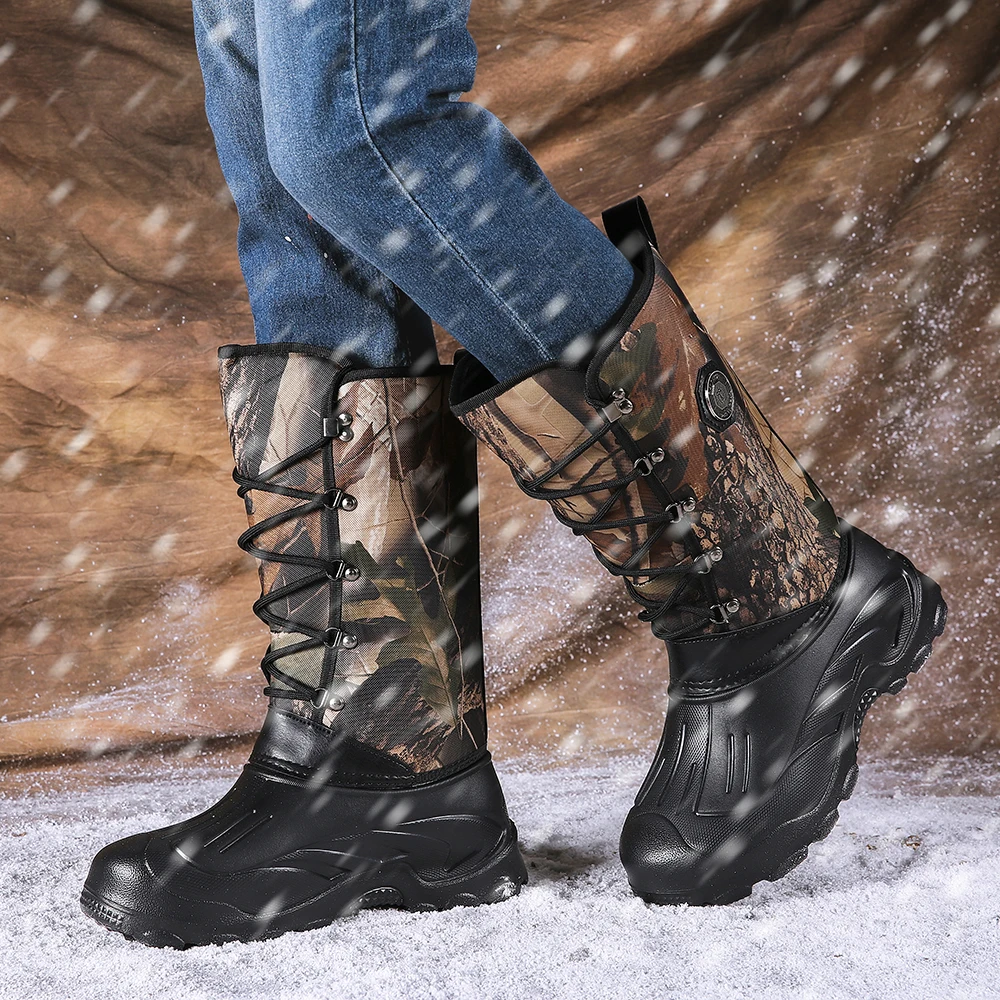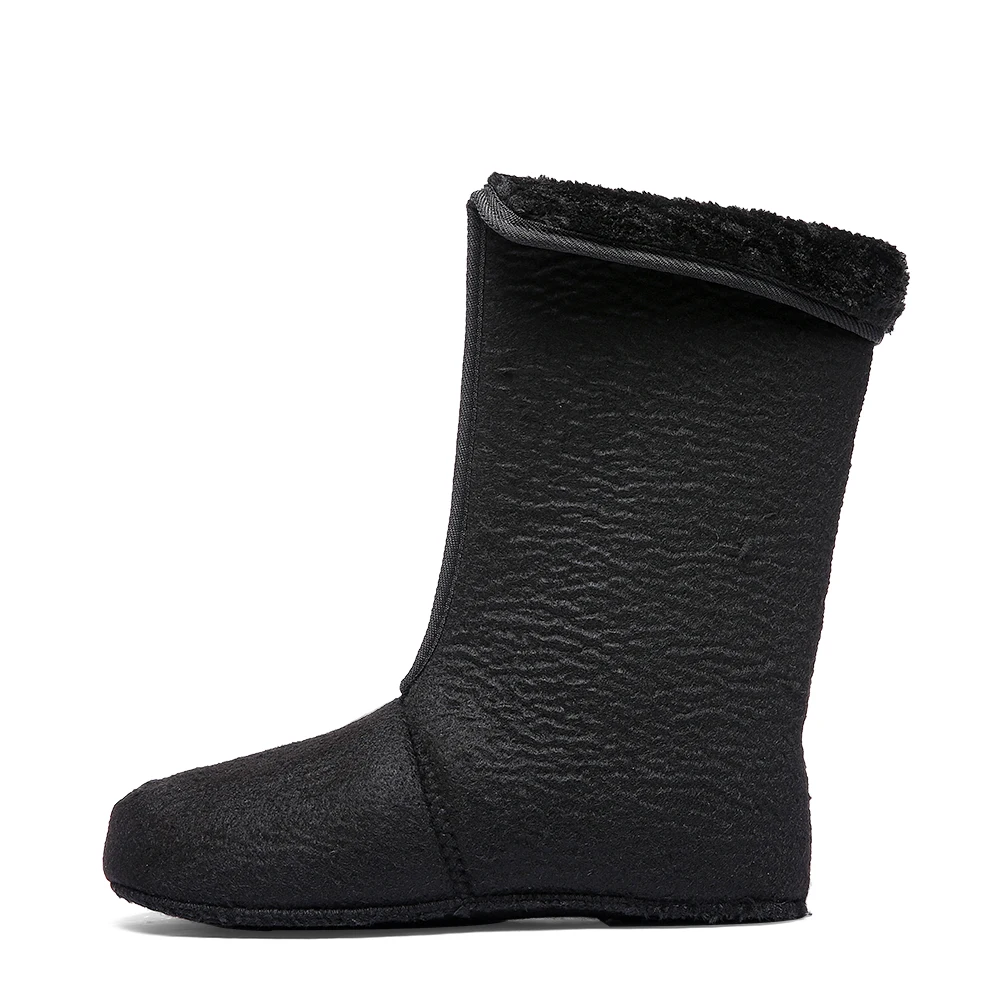Introduction: The Importance of Farm Boots
Farm boots, also known as agricultural boots or work boots, are a vital piece of footwear for anyone working in the agricultural industry or spending time outdoors. These boots are specifically designed to provide protection, support, and comfort in rugged environments, where exposure to various elements and hazards is common. In this article, we’ll explore the features that make farm boots indispensable for farmers, ranchers, gardeners, and outdoor enthusiasts alike, as well as the different styles and considerations when choosing the right pair.

The Anatomy of Farm Boots
Farm boots are engineered with durability and functionality in mind, incorporating several key components to withstand the rigors of agricultural work. The upper portion of the boot is typically made from heavy-duty leather or synthetic materials, providing protection against abrasions, moisture, and debris. Many farm boots feature reinforced toe caps and heel counters to guard against impact and provide stability on uneven terrain. A supportive midsole and cushioned insole help absorb shock and reduce fatigue during long hours of wear, while a rugged outsole with deep treads offers traction on various surfaces.
Waterproof and Insulated Options
Given the nature of outdoor work on farms and ranches, waterproof and insulated farm boots are particularly popular choices. Waterproof boots are designed to keep feet dry and comfortable in wet conditions, whether you’re trudging through mud, crossing streams, or working in the rain. Look for boots with seam-sealed construction and waterproof membranes to prevent water from seeping in. Insulated farm boots, on the other hand, are equipped with thermal linings to provide warmth and insulation in cold weather, ensuring comfort and protection during winter chores and early mornings.

Slip-Resistant Outsoles
Slips and falls are common hazards in agricultural settings, where surfaces may be wet, muddy, or uneven. That’s why slip-resistant outsoles are a crucial feature of farm boots, providing reliable traction and stability on slippery surfaces. These outsoles are typically made from rubber or other high-grip materials, with deep treads and lug patterns that channel water and mud away from the sole for enhanced grip. Whether you’re walking through the barnyard, navigating muddy fields, or working on slick surfaces, slip-resistant farm boots help reduce the risk of accidents and injuries.
Steel Toe and Safety Features
In addition to protecting against slips and falls, farm boots often incorporate safety features such as steel toe caps to safeguard against impact and compression injuries. These reinforced toe caps are designed to withstand heavy objects and equipment that may accidentally fall or be dropped, providing an extra layer of protection for your feet. Some farm boots may also feature puncture-resistant plates to guard against sharp objects like nails, thorns, and debris, further reducing the risk of foot injuries in hazardous environments.
Comfort and Support for Long Hours
Comfort is paramount when choosing farm boots, as agricultural work often involves long hours on your feet. Many farm boots are equipped with comfort-enhancing features to ensure all-day wearability, such as padded collars and tongues for cushioning around the ankles, and removable, contoured footbeds that provide arch support and customizable comfort. Breathable linings help regulate temperature and wick away moisture, keeping feet dry and comfortable in hot weather, while supportive midsoles help reduce fatigue during extended periods of standing or walking.

Choosing the Right Fit
Achieving the proper fit is essential for maximizing both comfort and safety in farm boots. Start by measuring your feet using a dedicated shoe sizing device or a printable foot measuring guide. When trying on boots, wear the socks you’ll typically wear on the job and make sure there’s enough room to wiggle your toes comfortably. Walk around in the boots to assess fit and feel, paying attention to any areas of pressure or discomfort. Remember that farm boots may require a break-in period to fully conform to your feet, so be patient and allow time for adjustment.
Care and Maintenance Tips
To prolong the life of your farm boots and maintain their performance, it’s essential to practice proper care and maintenance. After each use, remove any dirt, mud, or debris from the boots using a stiff brush or damp cloth. Allow the boots to air dry thoroughly before storing them in a cool, dry place away from direct sunlight and heat sources. Regularly condition the leather upper to keep it supple and prevent cracking, and treat waterproof boots with a protective spray to maintain their water-resistant properties. Inspect your boots regularly for signs of wear and tear, such as worn-out soles or damaged seams, and repair or replace them as needed to ensure continued protection and comfort.
Breathability and Moisture Management
While waterproofing is essential for keeping feet dry in wet conditions, breathability is equally important to prevent sweat and moisture buildup inside the boots, which can lead to discomfort, blisters, and odors. Look for farm boots with breathable linings and moisture-wicking properties to allow sweat and heat to escape, keeping your feet cool and dry throughout the day. Some boots feature ventilation panels or mesh inserts strategically placed to enhance airflow and promote breathability without compromising on waterproofing.

Durability and Longevity
Farm boots are subjected to harsh conditions and heavy use, so durability and longevity are key factors to consider when making a purchase. Opt for boots made from high-quality materials and featuring robust construction methods, such as triple or quadruple stitching, reinforced seams, and welted construction for added durability and resilience. Inspect the materials and craftsmanship closely to ensure that the boots can withstand the demands of agricultural work and outdoor activities for an extended period without succumbing to premature wear or damage.
Style and Aesthetic Preferences
While functionality and performance should be top priorities when selecting farm boots, style and aesthetic preferences also play a role for some individuals. Fortunately, there’s a wide range of farm boot styles available to suit different tastes and preferences, from classic leather work boots with a rugged, timeless look to more modern designs with sleeker profiles and vibrant color options. Whether you prefer a traditional, no-nonsense aesthetic or a more fashion-forward approach, you can find farm boots that not only offer superior performance and protection but also reflect your personal style and personality.
Cost and Value Considerations
When purchasing farm boots, it’s essential to strike a balance between cost and value, considering factors such as quality, features, and brand reputation. While budget-friendly options may seem attractive initially, investing in higher-quality boots from reputable brands can ultimately save you money in the long run by providing better durability, performance, and longevity. Additionally, consider the cost-per-wear ratio, taking into account how frequently you’ll be wearing the boots and the level of protection and comfort they provide. Ultimately, prioritize value over price and choose farm boots that offer the best combination of quality, features, and affordability for your specific needs and budget.

Conclusion: Invest in Quality Farm Boots
In conclusion, farm boots are an essential piece of footwear for anyone working in agriculture or spending time outdoors. With their durable construction, waterproof and insulated options, slip-resistant outsoles, and safety features like steel toe caps, boots provide essential protection, support, and comfort in rugged environments. By choosing a pair of boots that fit properly, meet your specific needs, and receive proper care and maintenance, you can work with confidence knowing that your feet are well-protected. So invest in a quality pair of farm boots today and step into the field with comfort and safety.
